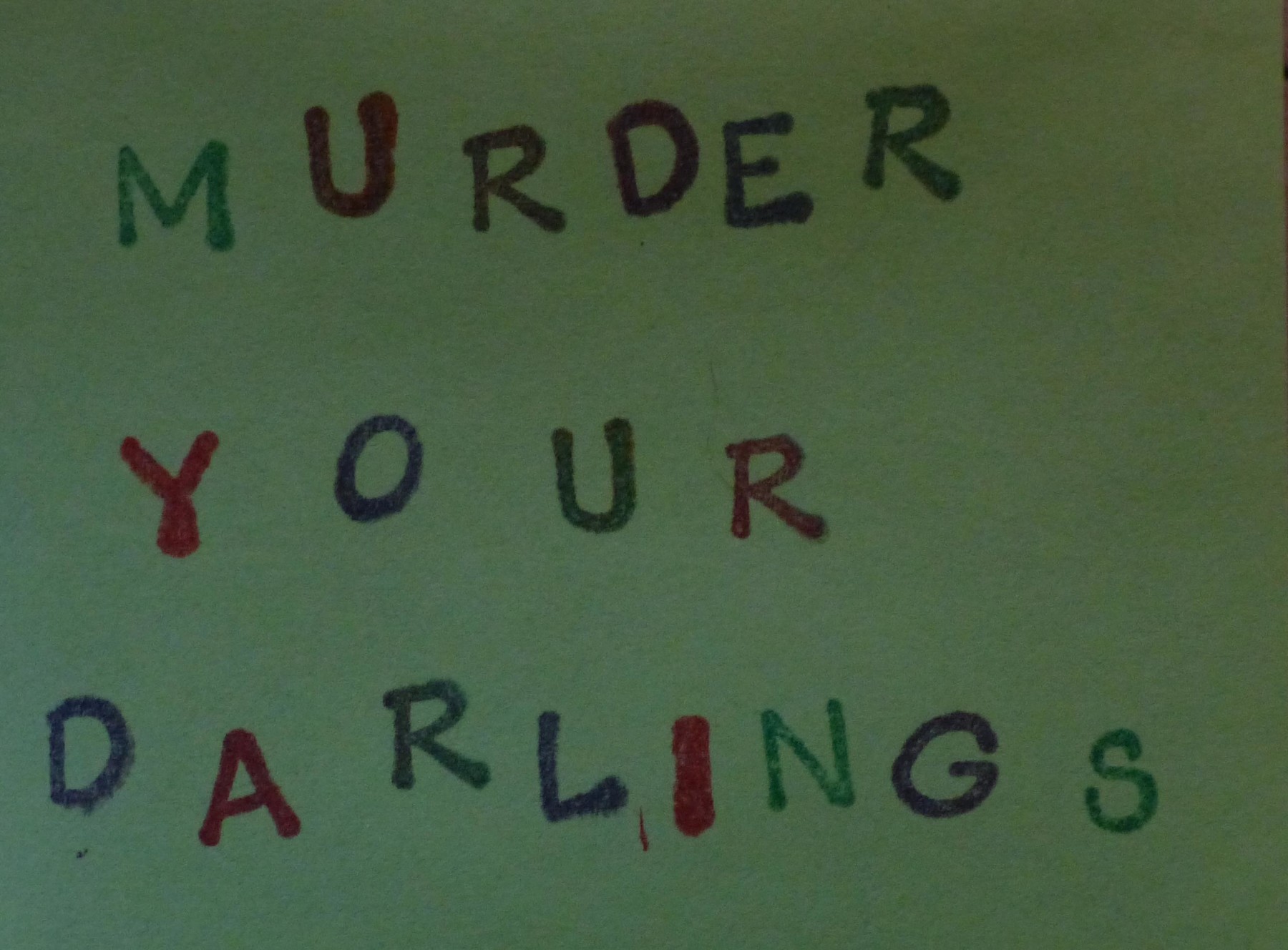Welcome back for another installment of Ask TON. Here’s our latest question:
How strictly do editors expect writers to stick to the “10 percent rule”? How far over the assigned word count is acceptable? Do editors appreciate seeing some of that extraneous material and consider it part of their job to sift through it, or is it a major headache for them when writers significantly exceed the assigned word limit?
New Scientist features editor Valerie Jamieson:
Frustratingly, the answer is “it depends.” Magazines and newspapers have strict design rules and this dictates the number of words per column or per page, so we have to ruthlessly cut to fit. With features, there can be a bit more flexibility. Generally editors have a feel for how long a story should be when commissioning and it is a headache when an article comes in significantly over length. By significantly, I’d say 20 percent. What’s more important to me is whether the article feels long. A compelling story in the hands of a great writer doesn’t feel long, while an over-long, overblown article can be excruciatingly painful. Of course, it’s an editor’s job to cut and we happily wield the red pen. Editors, though, have limited amounts of time too and prefer to spend that time finessing articles rather than hacking them to bits. You want your editor to make you look good, don’t you?
Another issue is that over-long articles won’t get scheduled. At New Scientist, feature editors have several articles on the go at any given time. Realistically, the features that need the most work often fall to the bottom of the work pile. So by delivering copy at the right length, writers improve their chances of getting features into the magazine more quickly which equals getting paid faster.
Of course, a writer may uncover a terrific new strand to the story during their research. Or be one of those great writers who delivers compelling copy. And in those cases, we do have the flexibility in our features section to increase the article by a page.
My advice for writers is to stick to the commissioning brief. If it’s possible, try to leave some time between finishing your story and sending it to your editor. Looking at it with a fresh pair of eyes can help to identify long winded explanations, vanity writing, unnecessary quotes or characters, and paragraphs that no one would miss if they weren’t there. If you do uncover new dimension to the story, get in touch with your editor straightaway to explain what you’ve found and ask if there is any chance of increasing the word count.
High Country News managing editor Jodi Peterson:
We operate roughly under a 30 percent rule, although it very much depends on the individual editor involved and on the length of the piece; obviously the shorter something is the easier it is for us to deal with extra material. In general, we do like having extra content to sift through to pick out the things we’re most interested in, and we don’t much mind getting 800 words in response to a 500-word assignment. But we really hate being handed 8,000 words when we assigned 5,000, or 3,000 when we assigned 1,600. Such pieces usually get tossed back to the writer to cut down before we’ll start editing it, perhaps with some general notes from us about what we are and are not interested in from the original draft.
Parade Magazine articles editor Catherine DiBenedetto:
I think it really depends on the length of the piece. For a sidebar or a very short [front-of-book] piece, anything over the word limit can be frustrating. When an editor assigns a piece at that length, she doesn’t have much wiggle room on the page. If trimming the piece to the assigned length isn’t as simple as chopping off the last graf, she will likely end up having to rewrite the piece from scratch. But for a medium-length story (say, 600 words) sticking to a 30-percent rule is a good idea. I like to have a little bit of extra material because if I tighten the text, I will still have enough words to fit the space. In terms of an in-depth feature, I would discuss the length with the editor. He or she may be able to negotiate for some extra room in the magazine if the story really does need more space.



